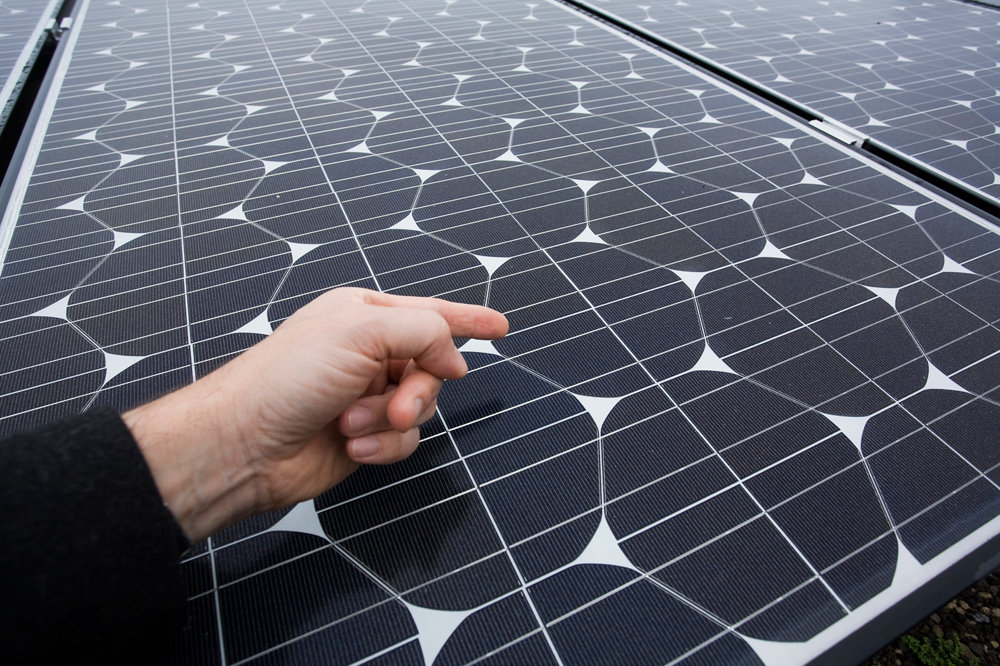The global Covid-19 pandemic has hurt the demand and supply of various commodities and services. This, in turn, has hit both the intermediate and final goods. One such product that has been struck by the pandemic is PV modules, one of the most critical components of a solar PV plant that forms more than 50% of the total project cost.
The global demand for PV modules is driven mainly by five markets—Mainland China, USA, Europe, India and Japan. To counter a rapid increase in Corona Virus cases, these markets have been shut for quite a long time, halting various development activities of solar power capacity addition.
Prices fall as demand contracts
As a vital part of solar projects, modules have faced a negative demand shock, and in fact, it is predicted that the total demand in the year 2020 will contract by more than 5% as compared to 2019 (as per Bloomberg New Energy Finance report).
The decrease in demand has resulted in a 6-8% decrease in price as compared to February.
As opposed to reduced demand, there is abundant supply, with major manufacturers adding new capacities. This has resulted in disequilibrium, and will result in a fall in prices supported by Upstream, that is, polysilicon and wafers prices.
Word of caution
The module prices may take a downward spiral till the third quarter and reduce further by around 3-3.5%.
However, a bullish buyer should keep watch on the following scenarios:
- National Energy Administration (NEA), China has come up with a policy on subsidy for 2020. This has increased the expectations by many folds, and it is expected that China’s domestic market will add 35-40 GW of new projects. With the construction of these new projects anticipated to happen in Q4 2020 and Q1 2021, China’s domestic demand will trigger during this period.
- Major developers in India also have been shifting their delivery requirements to Q4 2020 and Q1 2021 owing to extension provided by the Ministry of New and Renewable Energy (MNRE).
- Also, it will be interesting to note if the markets of Europe and US pick up during this period.
The above-mentioned market dynamics may again alter the global supply-demand picture, which may result in an increase in prices or cause price stabilization.
It is suggested to stay vigilant during these times and not fall prey to the market’s price volatility. Since module price can impact project cost substantially, it is a strategic decision that every organization should make after thorough market research with due diligence.
Naveen Arora is a strategic sourcing expert at Amplus Solar—a 100% subsidiary of Petronas Holdings, Malaysia. Headquartered in Gurugram, India, Amplus has regional offices in Bangalore, Bangkok, Dubai, Kuala Lumpur, Mumbai and Pune. It owns and manages a portfolio of 650+ MWp of distributed solar assets across Asia.
The views and opinions expressed in this article are the author’s own, and do not necessarily reflect those held by pv magazine.
This content is protected by copyright and may not be reused. If you want to cooperate with us and would like to reuse some of our content, please contact: editors@pv-magazine.com.








1 comment
By submitting this form you agree to pv magazine using your data for the purposes of publishing your comment.
Your personal data will only be disclosed or otherwise transmitted to third parties for the purposes of spam filtering or if this is necessary for technical maintenance of the website. Any other transfer to third parties will not take place unless this is justified on the basis of applicable data protection regulations or if pv magazine is legally obliged to do so.
You may revoke this consent at any time with effect for the future, in which case your personal data will be deleted immediately. Otherwise, your data will be deleted if pv magazine has processed your request or the purpose of data storage is fulfilled.
Further information on data privacy can be found in our Data Protection Policy.